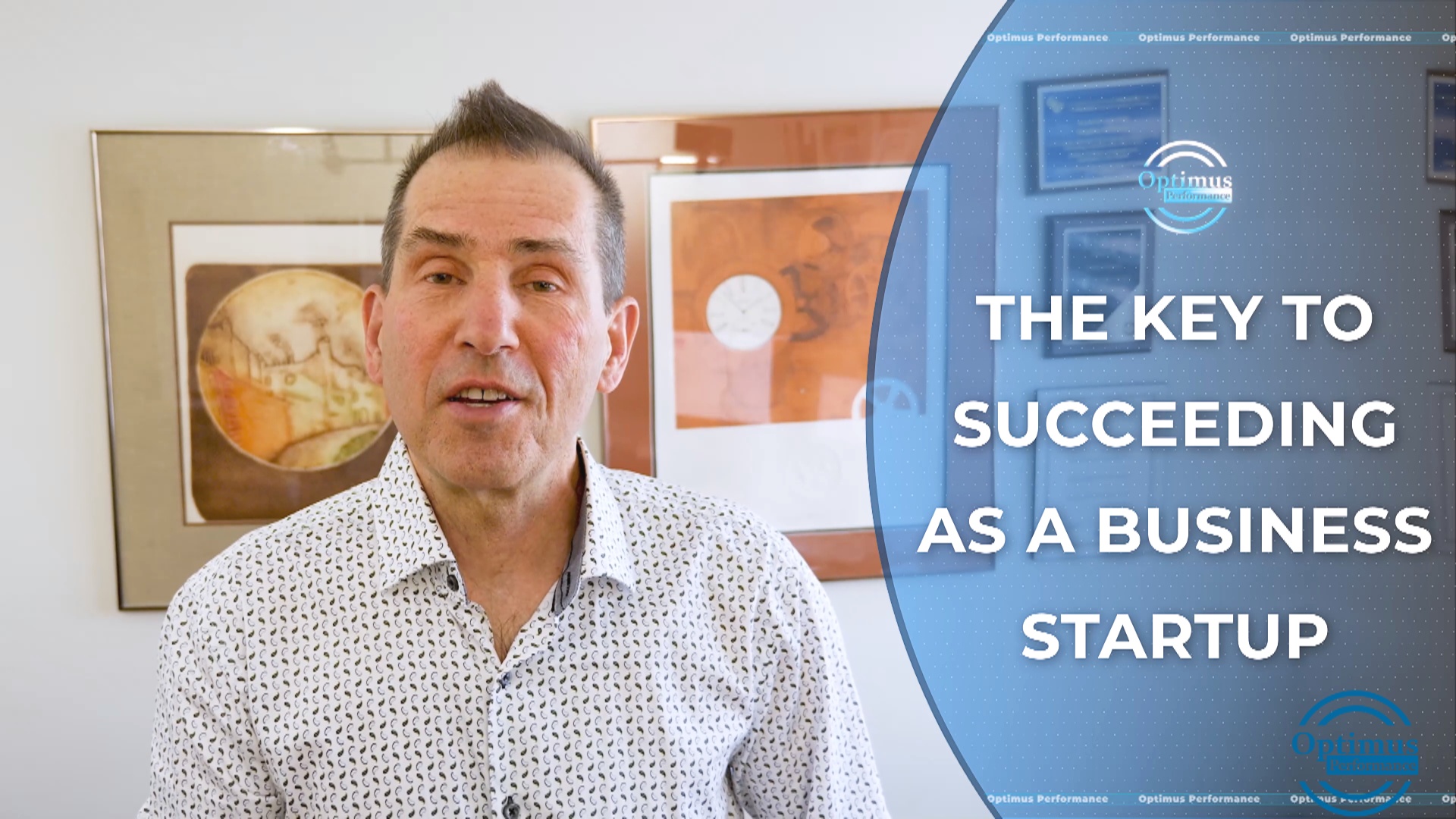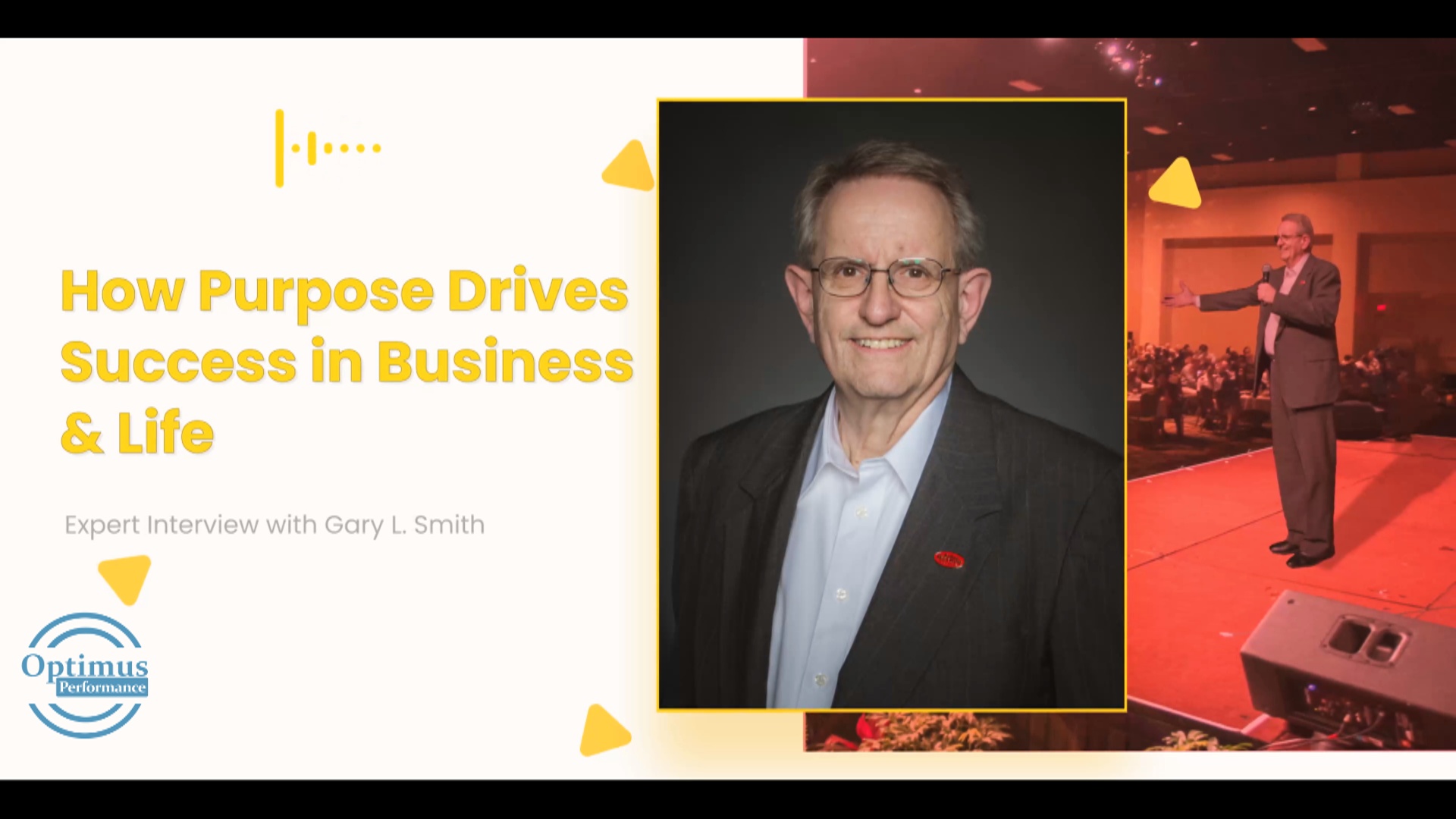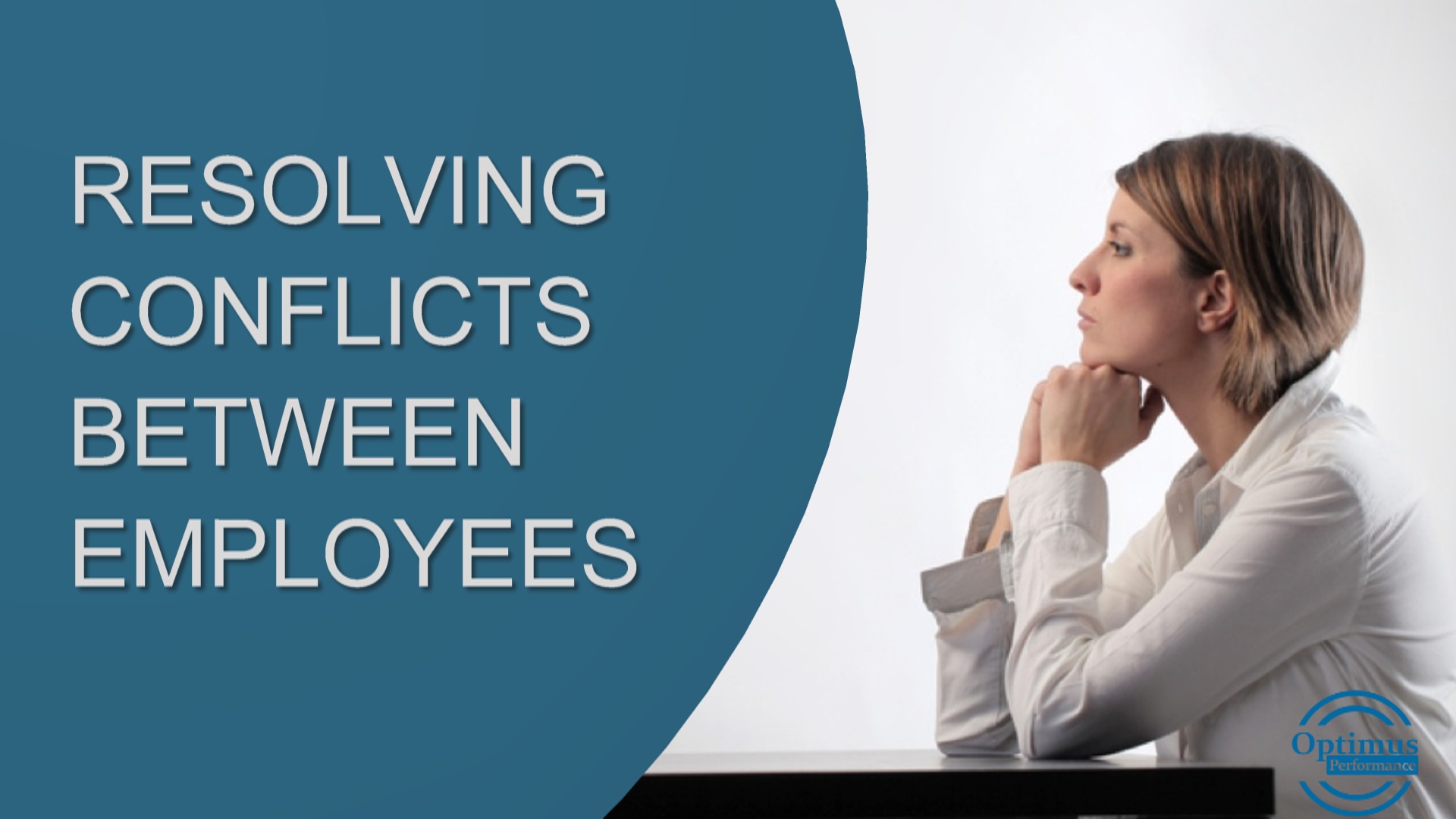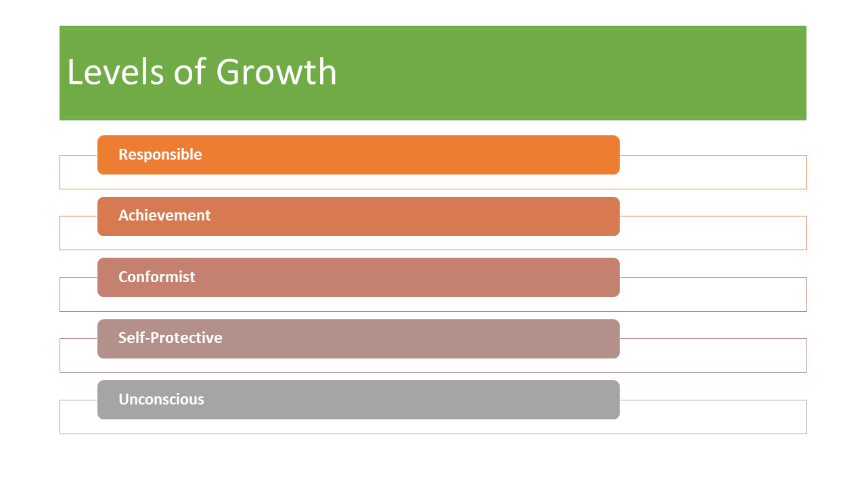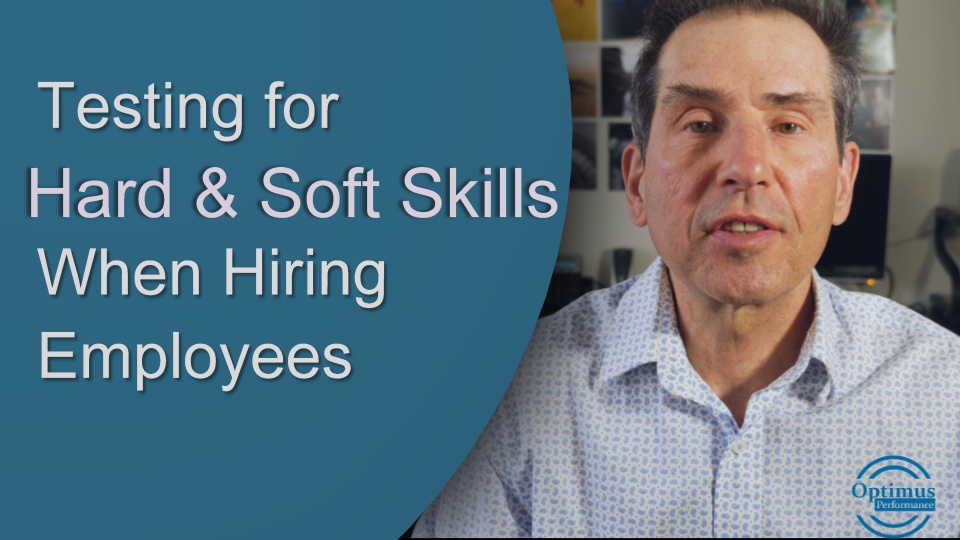The first thing you need to succeed as a business start-up is customers and sales revenue. You can have customers and no revenue coming in because you may be giving free access to a subscription model business to hopefully get customers to upgrade to a paid plan. This has become immensely popular for technology companies and many of them fail. Uber with a market value of $97 billion still does not make a profit.
According to Investopedia the main reason 90% of businesses fail is they run out of money. Other reasons are wrong market, lack of research, bad partnership, not an expert.
When I first started in the field of training and development, I remember reading similar stats. So, things have not changed much and in fact seem to have gotten worse. Perhaps that is because you can start a business with almost nothing. You can open a store on eBay or Amazon and just sell products that are shipped by someone else. At that time, the main reason for business failings was poor management.
When I read the reasons from the article in Investopedia, I see the same cause. You can have a great product or service and build sales revenue, but poor management will do you in.
According to the article by Investopedia the way to avoid failing is to set goals, research (plan), love your work and don’t quit. Elon Musk is a good example of that. He also is drive by a purpose that goes beyond money. In fact, he ended up investing his fortune he earned from PayPal into Tesla to keep it from bankruptcy.
I recently worked with the owner of a start-up that is an online business. I helped him recruit a marketing/salesperson to acquire new customers using the free at first model.
I felt the business owner had a good chance to succeed as he seemed to be showing good leadership and doing the things listed above. He had used freelancers to build his business without taking on big debt. He knew his market very well and understood how to standout from the competition. He did the sales from the outset and as revenue is now growing, he can afford to hire a salesperson to give him more time to work on other aspects of the business.
The bottom line for success is to do you research and planning, put your goals in writing so you can plan each step and foresee obstacles. Then you need to execute the plan and be prepared to shift things as needed. And above all build your sales as quickly as you can so you do not run out of money.
